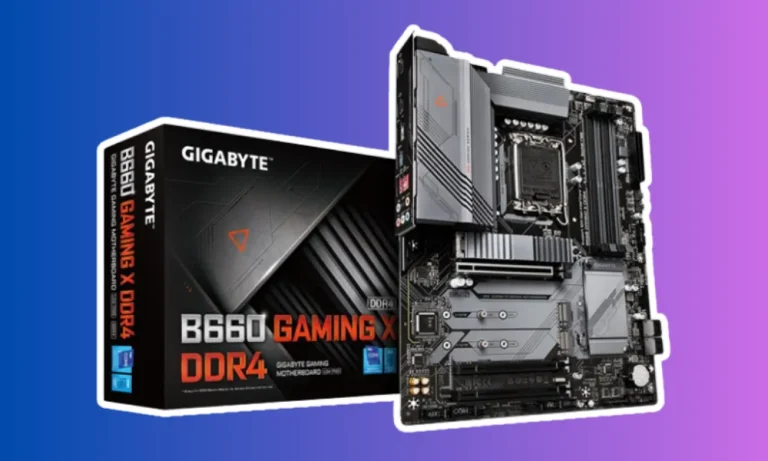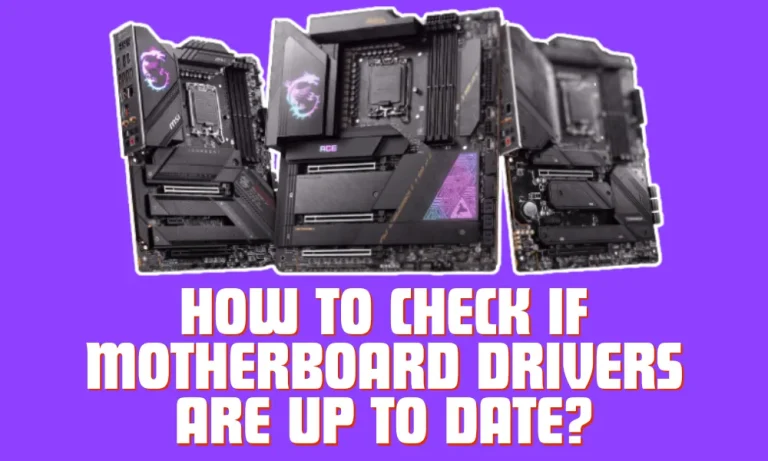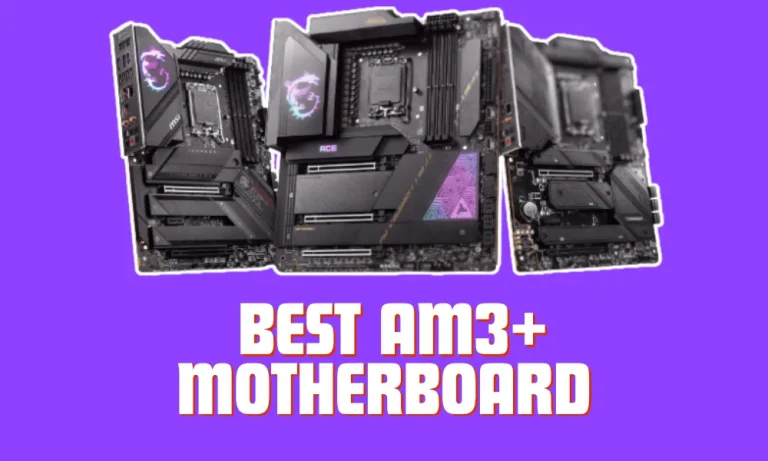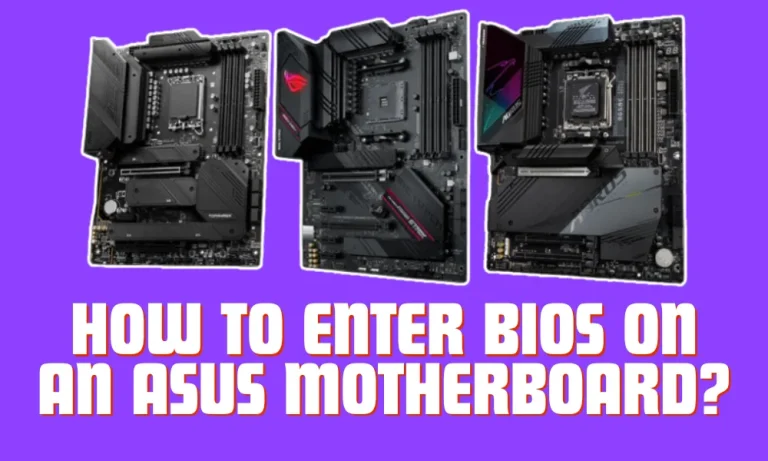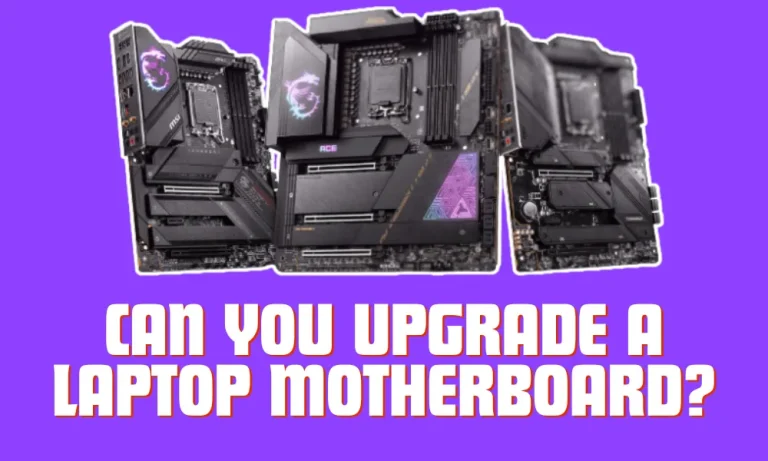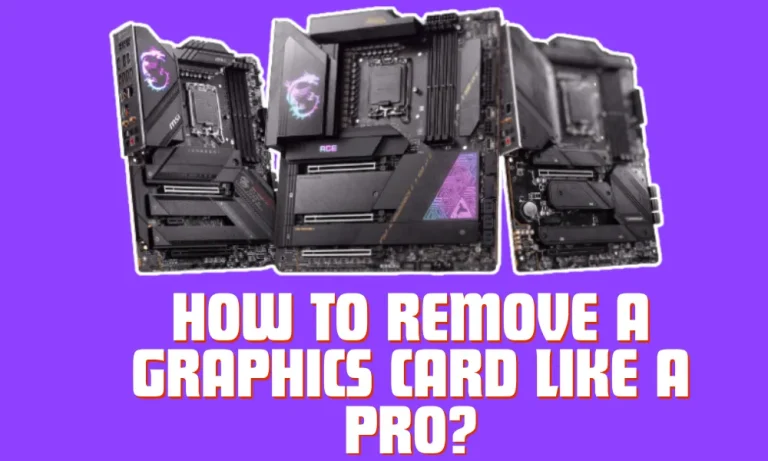What Does a Motherboard Do?
A motherboard is the unsung hero of your computer, quietly working behind the scenes to keep everything running smoothly. It’s like the nervous system of your machine, connecting all the different parts together and ensuring they can communicate effectively. Without a motherboard, your computer would be just a collection of disconnected components.
Components of a Motherboard
When it comes to understanding what a motherboard does, it’s essential to explore its various components. These components work together harmoniously to ensure your computer functions seamlessly.
Processor Socket and Chipset
The processor socket is like the gateway where the brain of your computer, the CPU (Central Processing Unit), is installed. It’s crucial to choose a motherboard that supports the specific type of CPU you have or plan to use.
The chipset, on the other hand, acts as the bridge between the CPU, memory, and other components, facilitating smooth data flow.
Memory Slots
Memory slots, also known as DIMM slots, are where you insert your computer’s RAM (Random Access Memory) modules.
The RAM is responsible for temporarily storing data that the CPU needs to access quickly. Having multiple memory slots allows for future expansion and more memory capacity.
Expansion Slots
Expansion slots provide the flexibility to add extra components to your computer system. These slots can accommodate expansion cards, such as graphics cards, sound cards, and network cards. They enhance the capabilities of your computer by adding specialized functionality.
Storage Connectors
The storage connectors, including SATA (Serial ATA) and M.2 slots, are where you connect your hard drives, solid-state drives (SSDs), and other storage devices.
These connectors enable data transfer between the motherboard and storage devices, ensuring you can store and retrieve your files efficiently.
Power Connectors
Power connectors are essential for delivering electricity to the motherboard and other components.
They ensure proper power distribution and stability. The main power connector, usually a 24-pin ATX connector, supplies power to the motherboard, while additional connectors provide power to specific components like the CPU and graphics card.
Functions of a Motherboard
The motherboard is not just a passive component in your computer; it performs several essential functions that contribute to its overall operation. Understanding these functions will give you a deeper appreciation of the role of a motherboard.
Communication between hardware components
One of the primary functions of a motherboard is to facilitate communication between all the hardware components in your computer.
It acts as a central hub, allowing different parts like the CPU, RAM, graphics card, and storage devices to exchange data with each other. This seamless communication is crucial for the proper functioning of your computer.
Data transfer and processing
The motherboard is responsible for managing the flow of data within your computer system. It ensures that data is transferred between components at high speeds, enabling efficient processing.
The motherboard’s chipset plays a vital role in optimizing data transfer and coordinating the activities of various hardware components.
Power distribution and management
Another essential function of a motherboard is power distribution and management. It receives power from the power supply unit and distributes it to the different components as needed.
The motherboard also includes power management features that regulate power consumption, ensuring efficient use of energy and preventing overheating.
BIOS and firmware management
The motherboard contains a chip called the BIOS (Basic Input/Output System) or UEFI (Unified Extensible Firmware Interface).
The BIOS/UEFI firmware is responsible for initializing hardware components during the boot-up process and providing low-level software instructions for the computer to operate. It also allows users to configure settings and update firmware.
Understanding the Motherboard Layout
To truly grasp the intricacies of a motherboard, it’s crucial to understand its layout and the different sections and connectors it consists of. By exploring these components, you’ll gain a clearer picture of how everything fits together.
Different sections and connectors on a typical motherboard
A typical motherboard is divided into several sections, each serving a specific purpose.
These sections include the CPU socket, memory slots, expansion slots, storage connectors, power connectors, and more. Each component has its designated area on the motherboard, allowing for efficient organization and connectivity.
Providing visual aids and diagrams for better understanding
Visual aids and diagrams can greatly enhance your understanding of the motherboard layout. They provide a visual representation of the various components and their placement on the motherboard.
These visuals can help you identify different slots, connectors, and chips, making it easier to navigate and troubleshoot your computer system.
Including labeled diagrams and images alongside explanations can help simplify complex concepts and make them more accessible, especially for visual learners.
These visuals can be found in user manuals, online resources, or educational websites dedicated to computer hardware.
Choosing the Right Motherboard
When it comes to building or upgrading a computer, choosing the right motherboard is a crucial decision.
The motherboard serves as the foundation for your entire system, so it’s essential to consider several factors before making a purchase.
Factors to consider when buying a motherboard
Compatibility, form factor, and expansion options are key factors to consider when selecting a motherboard. Compatibility ensures that the motherboard is compatible with your CPU, RAM, and other components.
It’s important to check the socket type, RAM compatibility, and expansion slots to ensure everything will work together seamlessly.
The form factor refers to the physical size and layout of the motherboard. Common form factors include ATX, Micro-ATX, and Mini-ITX.
The form factor determines the size of the motherboard and the number of expansion slots and connectors it offers. It’s crucial to choose a form factor that fits your computer case and meets your expansion needs.
Expansion options are also essential to consider. Different motherboards offer varying numbers of expansion slots for adding components like graphics cards, sound cards, and network cards.
If you plan on adding multiple expansion cards, ensure that the motherboard has enough slots to accommodate your needs.
Different types of motherboards and their pros and cons
There are several types of motherboards available, each with its own pros and cons.
- ATX motherboards are the most common and offer the most expansion options. They are suitable for high-performance systems but require a larger computer case.
- Micro-ATX motherboards are smaller than ATX but still offer decent expansion options. They are a good choice for compact systems without sacrificing too much flexibility.
- Mini-ITX motherboards are the smallest form factor and are ideal for small, portable systems. However, they have limited expansion options and may require specialized components.
Consider your specific needs and budget when choosing a motherboard. If you require extensive expansion capabilities, an ATX motherboard might be the right choice. If space is a concern, a Micro-ATX or Mini-ITX motherboard may be more suitable.
Common Issues and Troubleshooting
While motherboards are essential components of a computer system, they can sometimes encounter issues that require troubleshooting.
Understanding common motherboard problems and having the skills to diagnose and resolve them can save you time, money, and frustration.
Identifying and resolving common motherboard problems
One common issue with motherboards is encountering BIOS errors. This can happen due to incorrect BIOS settings, outdated firmware, or hardware conflicts.
To resolve BIOS errors, you can try resetting the BIOS to default settings, updating the firmware, or checking for hardware compatibility issues.
Another problem that may arise is faulty connectors. Loose or damaged connectors can cause various issues, such as intermittent connection problems or component failures.
Inspect the connectors carefully, ensure they are properly seated, and replace any damaged ones to resolve these issues.
Tips for diagnosing and troubleshooting motherboard-related issues
When faced with motherboard-related issues, there are a few tips you can follow to diagnose and troubleshoot the problem.
Start by checking the power supply connections to ensure they are secure and provide sufficient power to the motherboard. Faulty power supply connections can cause boot failures or system instability.
Next, inspect the motherboard for any physical damage, such as blown capacitors or burnt components. These signs indicate hardware issues that may require professional repair or replacement.
If the system fails to boot or experiences random crashes, it could be due to incompatible or faulty RAM. Try reseating the RAM modules or testing them individually to identify any faulty modules.
FAQs
What is the main function of a motherboard?
The motherboard is responsible for connecting and providing power to all the essential components of a computer. It acts as a central hub, allowing communication between the CPU, memory, storage devices, and peripherals.
Can a computer function without a motherboard?
No, a computer cannot function without a motherboard. It is the foundation on which all other components are connected and rely upon for power and communication.
What are the key components on a motherboard?
Some key components found on a motherboard include the CPU socket, memory slots, expansion slots, power connectors, BIOS chip, and various connectors for peripherals like USB, audio, and networking.
Can I upgrade my motherboard to improve computer performance?
Yes, upgrading your motherboard can improve performance, but it often requires replacing other components as well. Upgrading the CPU, memory, or graphics card along with the motherboard can have a significant impact on overall system performance.
How do I choose the right motherboard for my needs?
When choosing a motherboard, consider factors such as compatibility with your CPU and other components, required expansion slots, available connectivity options, and desired features. Researching and understanding your specific requirements will help you select the right motherboard for your needs.
Conclusion
The motherboard is the heart and soul of a computer, connecting all the essential components and ensuring they work together seamlessly. It provides power, allows communication between devices, and houses the crucial processing units.
Without a motherboard, your computer would simply be a collection of disconnected parts. It truly is the backbone that brings your computer to life.

